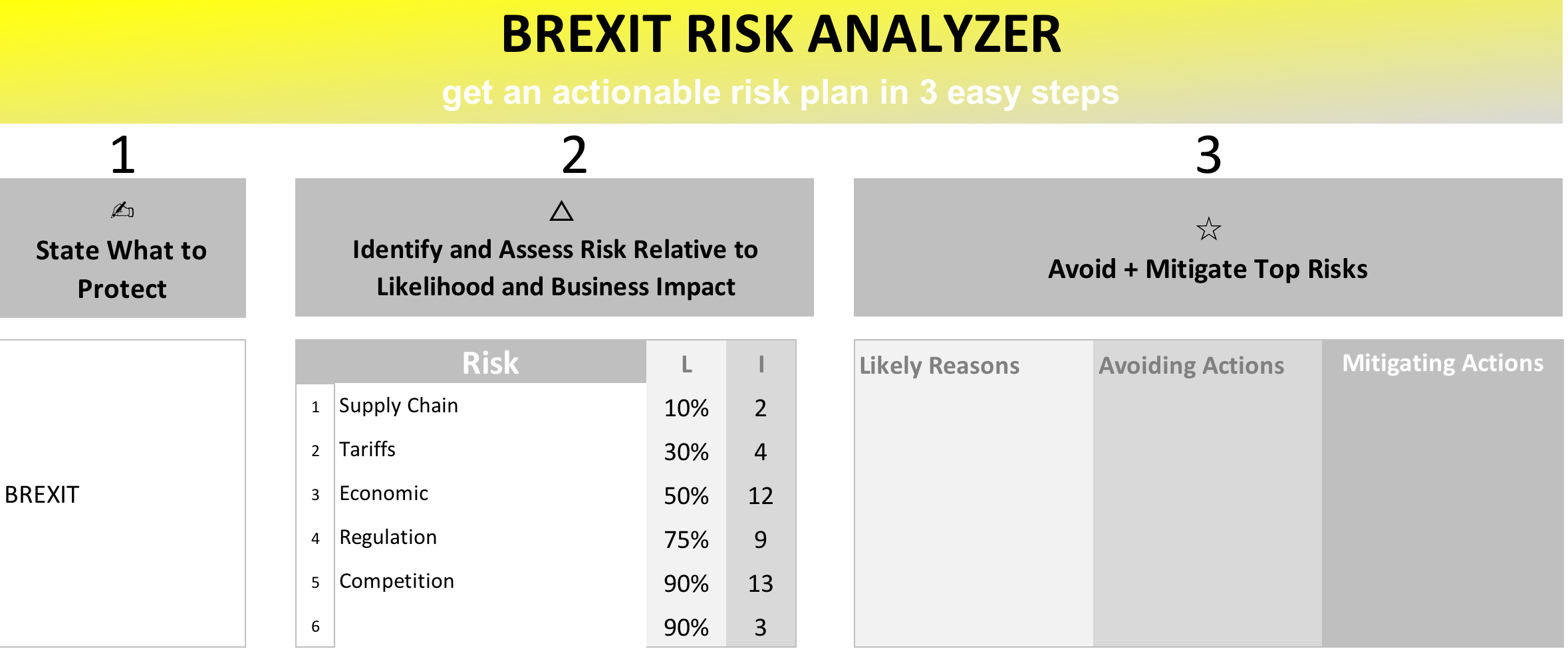Every CEO or senior executive drives homes and plays mental gymnastics in their head wresting to find next big growth opportunity for their business. In fact – they should be doing this because this is a significant part of what they get paid for. But are they (are you) searching in the right places to find profitable and strategically compatible areas for growth?
The answer we hear from senior executives is somewhere between yes and NO. Yes – I am searching – and No I am not finding the opportunities that make sense for my business. This response along with the brooding reality that the global economy is fragile, competition is fierce and our company is too big or contains some unique trait of non-growth DNA baked into it are all common responses. Maybe a different perspective or lens to look through for growth is needed?
The search for growth – that is profitable and compatible – begins by looking behind only two doors.
Door #1 – The Products Offered Door – this path says to examine the very core products of your business….the ones that you really are good at and are profitable at: determine new customer segments, industries or geographical regions that have the same need – but do not yet have the distribution of your product. Any international growth is really a product offered tack. Think Coca-Cola when they first started – Where can we sell our basic product —and keep asking where else and they did to the tune over 200 countries. Don’t get caught in the response – we already tried that region or that customer base and it doesn’t work. You have not dug deep enough in defining the real need your product satisfies, really distilled sharp customer segments or both.
Door #2 is Markets Served. This avenue says that we really have a strong franchise or relationship with a customer group and we really understand their needs. So what additional unmet needs do they have that we could readily leverage our relationship resulting in profitable growth. Some may call this brand or product extensions as a label – but the deeper thinking and value is, matching the intimacy in understanding your segments to the abilities your company has to deliver a modified or new product.
To begin to alleviate your angst for the next wave of growth consider trying the following 3 steps ( as a starter):
- Outline your key product segments – and define the need they serve
- Outline your market segments- and attributes that make them segments
- Determine if your company’s capabilities match up best with a product to more places (PRODUCT OFFERED) or more products to the same places (MARKETS SERVED)
Do this strategic examination on a piece of paper or with your key executives and you will be surprised to find areas of uncovered areas of opportunity – along with the strategic rationale you will need to explain to the board why we are growing this way. The Caveat: You can’t grow both ways as your capabilities and capacity to growth both will fracture.
If you are looking for a real-life and relevant example consider the recent announcement by IKEA on April 17, 2012. Their announcement to “enter” the consumer electronics market with products developed with China based TCL Multimedia is a classically crafty example of a MARKETS Served growth opportunity. They saw an unmet need – removing clutter of cords and remote controls in livings rooms – and will now offer customers an integrated solution – not only from a home perspective – but from a one stop buying perspective. Even with Revenue of more than 30 Billion Euro – they are still asking the products offered or market served question to find growth. The funny thing is…most of the reporting on the story will probably say “why did they wait so long the growth opportunity was obvious.”
If you company has not examined – deliberately examined- and compared (with visible and clear criteria) door number 1 and door number 2 – your drive to work with continue to be plagued with rightfully energetic thinking but less that actionable results.





